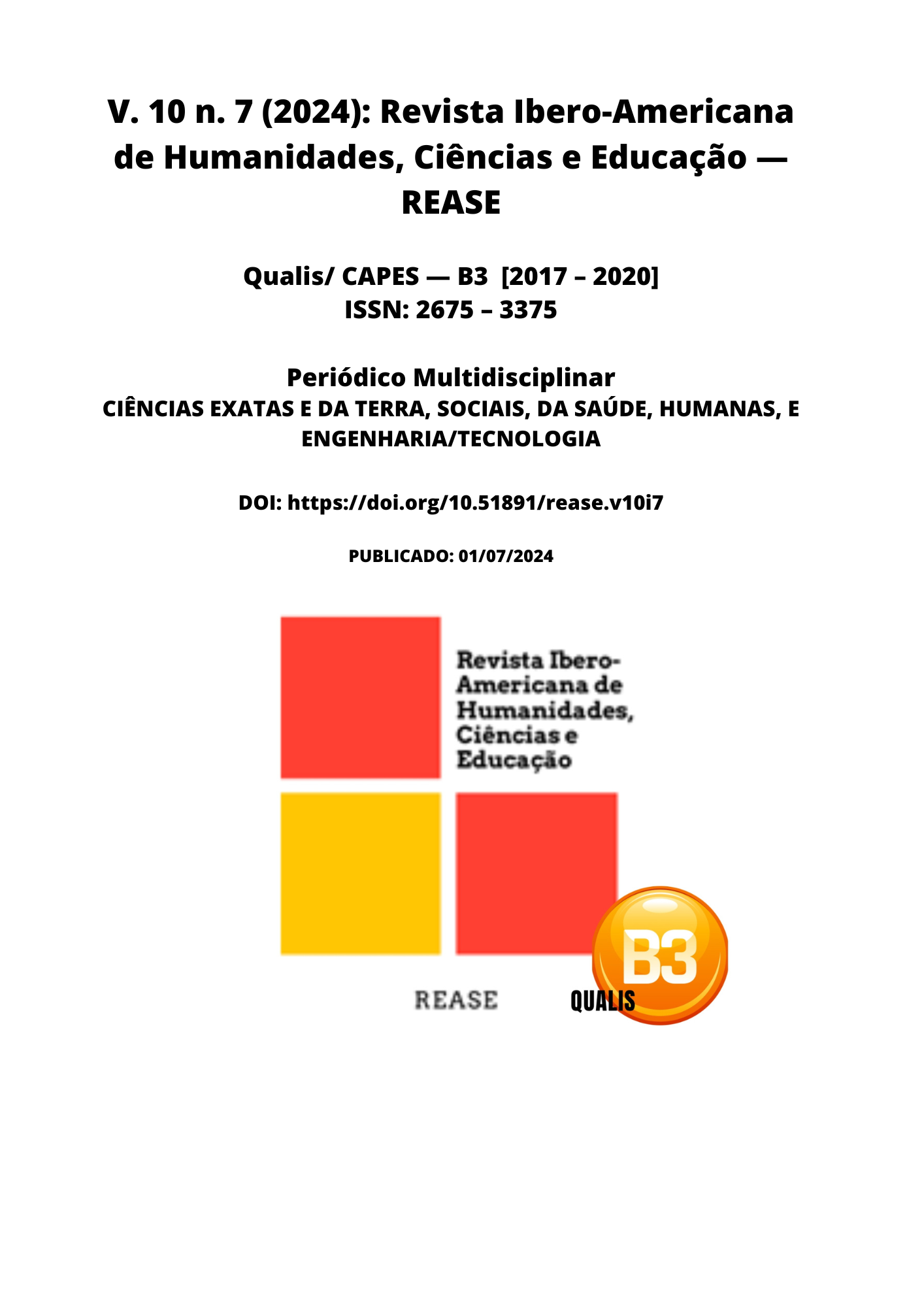PHYSIOTHERAPEUTIC REHABILITATION IN A PATIENT WITH PERIPHERAL ARTERIAL OCCLUSIVE DISEASE: A CASE STUDY
DOI:
https://doi.org/10.51891/rease.v10i7.14860Keywords:
PAOD. Physiotherapy. Rehabilitation. Functional Electrical Stimulation (FES). Joint Mobilization.Abstract
Peripheral Arterial Occlusive Disease (PAOD) is an atherosclerotic condition that reduces vascular lumen in the lower limbs through an inflammatory process that leads to the formation of atherosclerotic plaques. This process begins with the penetration and oxidation of LDL in damaged endothelial cells, triggering an inflammatory response that results in the formation of foam cells and lipid accumulation. Over time, these plaques reduce vascular compliance and peripheral perfusion, especially in the lower limbs, increasing the risk of thrombosis and cardiovascular complications, such as myocardial infarction (MI) and stroke. Individuals with comorbidities such as systemic arterial hypertension (SAH), dyslipidemia, diabetes mellitus (DM), and smoking are more prone to developing PAOD, with DM and smoking being significant risk factors. The aim of this study is to document the physiotherapeutic treatment plan used in the rehabilitation strategies applied to a patient diagnosed with PAOD, as well as to evaluate the patient's clinical progress and identify the challenges faced during the rehabilitation process and necessary adaptations. Methods: This case study was conducted at the physiotherapy teaching clinic of Campus I of Universidade Iguaçu, located at Avenida Abílio Augusto Távora, 2134 - Nova Iguaçu, RJ. The study was approved by the Research Ethics Committee (CEP), according to the Certificate of Presentation for Ethical Consideration (CAAE) number 51045021.2.0000.8044. The research involved a 69-year-old female patient diagnosed with PAOD. Before starting the study, the patient signed the Free and Informed Consent Term (TCLE), allowing the use of her data for the description and analysis of this case report. Results: Our patient has, as a sequel of PAOD, an above-knee amputation in the right lower limb, with hypotonia and sarcopenia in the stump. During the sessions, we used FES on the stump in synchronized mode, pulse 250, ON 7”, decay 1”, OFF 15”, rise 2”, tolerable intensity, for 20 minutes to improve tone, preservation, and recovery. We used passive joint mobilizations applied to joints and soft tissues, using varied speeds and amplitudes, and therapeutic stretching to gain range of motion and adequate tissue mobility, preventing recent and recurrent injuries and musculoskeletal pain. Although the condition was not reversed and reevaluation was not possible due to the patient's hospitalization for a new surgical approach, we observed that the proposed exercises improved hypotonia, the patient's well-being, and range of motion, helping to prevent deformity progression. This highlights the importance of specialized care and follow-up in the recovery of patients in similar conditions. Conclusion: The experience with the patient shows that, despite the severity of her clinical condition, it is possible to achieve significant improvements in hypotonia and range of motion. However, for patients with similar conditions, specialized and continuous long-term follow-up is necessary. This underscores the importance of an integrated and coordinated treatment that maximizes therapeutic benefits, prevents complications, and increases recovery chances.
Downloads
Downloads
Published
How to Cite
Issue
Section
Categories
License
Atribuição CC BY

